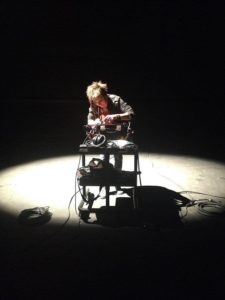 Shannon Deane has been working in post-production sound for over 15 years. Shannon has been working as a freelance engineer for the last ten years, and her specialties are sound design, editing, and mixing for film, TV and new media. She owns, operates and works as creative director and ninja for DeaneCreative.
Shannon Deane has been working in post-production sound for over 15 years. Shannon has been working as a freelance engineer for the last ten years, and her specialties are sound design, editing, and mixing for film, TV and new media. She owns, operates and works as creative director and ninja for DeaneCreative.
Shannon attended The University of Texas (UT), graduating with a Bachelor of Science in Radio-TV-Film, with a concentration in audio. While at UT, Shannon’s interest in post-production audio was piqued with an assignment to recreate a scene from a movie using only audio, entirely from scratch/field recordings. “My partner and I chose a prison riot scene from the film Carandiru, based on actual events at the prison in Sâo Paulo, Brazil. Hearing the scene come to life as we added layer after layer of sound was exciting to me. There’s something magical about being able to evoke emotions through sound alone.”
Shannon reflects on this assignment “I wouldn’t say this project single-handedly led me down the sound design rabbit hole, but it does stand out as having had a notable impact on me and my choice to pursue post sound seriously.” But her internship at Emmis Austin Radio would, as it soon led to a job doing sound design/production for a cluster of six commercial radio stations in Austin, TX. “My boss, Jimbo, was a huge inspiration to me – he was a fantastic mentor. He’s an exceptionally talented creative mind who always offered me thoughtful guidance, insight, and encouragement, all with the patience of a saint.”
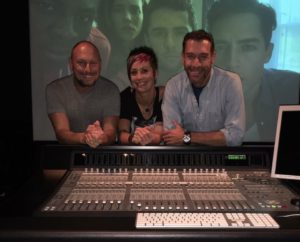
KaosBriefAnarchy
Shannon has worked on a variety of projects and mixed small gigs with Christopher Walken and Will Ferrell. She has worked on a full season of the Brody Stevens Show for Comedy Central and done sound design for Netflix internal projects, which she found amazing but challenging due to crazy turnarounds! Some of Shannon’s favorite gigs “are actually the smaller ones, where I got to wear many hats. I did full post sound on a feature called The Kaos Brief, which is a supernatural thriller. I got to design “alien” sounds from the ground up, combining a lot of arguably opposing elements to get the effect I wanted. I regularly collaborate with a talented artist/director named Nadav Heyman, whose stories always speak to me in a powerful way. Our styles totally clicked right off the bat, and it’s a joy to work with another artist that you’re so in tune with creatively.”
 Shannon is also a touring, recording musician playing guitar and bass, production sound mixer, and she spent seven years as a music instructor. She also had a brief detour working a stunt driver. Yes, you heard that correctly a stunt driver. Shannon explains how she stumbled into this “I was chatting with a college friend years ago at a party, whom I didn’t realize had become a stunt coordinator. When he discovered I had a background in martial arts, roller derby, bike racing, etc., he asked: “why aren’t YOU doing stunts?” I paused for a second, laughed, and said: “I don’t know.” He hooked me up with local stunt guru Richard Hancock, and I ended up training with him and getting little movie parts here and there for about three years until I moved to LA. My favorite gig was doubling a lead actress in a car chase scene, in which I spent nine hours power sliding around corners and smashing into another car. The other car caught fire at the end of the day (not planned).”
Shannon is also a touring, recording musician playing guitar and bass, production sound mixer, and she spent seven years as a music instructor. She also had a brief detour working a stunt driver. Yes, you heard that correctly a stunt driver. Shannon explains how she stumbled into this “I was chatting with a college friend years ago at a party, whom I didn’t realize had become a stunt coordinator. When he discovered I had a background in martial arts, roller derby, bike racing, etc., he asked: “why aren’t YOU doing stunts?” I paused for a second, laughed, and said: “I don’t know.” He hooked me up with local stunt guru Richard Hancock, and I ended up training with him and getting little movie parts here and there for about three years until I moved to LA. My favorite gig was doubling a lead actress in a car chase scene, in which I spent nine hours power sliding around corners and smashing into another car. The other car caught fire at the end of the day (not planned).”
What do you like best about post sound?
I love that every day is different, every project is different, and I get to be creative with basically everything I put my hands on. Picture is obviously essential, but if the sound is no good, then, well…bad sound can ruin a film or show. Mediocre sound is almost as bad – the image will never live up to its full potential. As a sound designer, I have to be sensitive to the needs of the project. What’s the best choice for x or y project? The answer is whatever helps tell the story the best – whatever drives the story, compliments it and makes it as compelling as it can possibly be. I have to be objective and subjective at the same time – as an artist, you have your own ideas about what might sound cool, and you can get attached to specific ideas, but you have to be objective enough not to get married to something if it just isn’t working. Filmmaking is a collaborative endeavor, and I like the process of balancing my own creativity with that of the editor, director, writer, etc. I’m always striving to compliment the stories and images in ways that are unique or exciting. I may not achieve that to my satisfaction with every project, but I sure get a lot of opportunities to do so, and sometimes I feel like I succeed. That’s extremely rewarding.
What is your favorite day off activity?
I race motorcycles, so you can usually find me on a motorcycle of some sort. Or a bicycle. I also train Muay Thai and Gracie Jui-Jitsu.
What if any obstacles or barriers have you faced?
The sheer volume of talented folks in this industry, especially here in Los Angeles, means you have to work really hard to stand out and keep work coming in, especially as a freelancer. You have to be driven, passionate, and extremely persistent. I’m still a tiny fish in this big pond, but I feel fortunate to have built a solid client list of talented folks, and it just keeps growing and growing.
How have you dealt with them?
Perseverance. Never give up. It’s been challenging at times, but I buckled down and kept driving forward, and I’ve found that the reward has been great as a result.
Advice you have for other women and young women who wish to enter the field?
If you’re truly interested in and/or passionate about a career in audio, don’t let anyone or anything stop you. It’s a male-dominated field, but who cares? I don’t let that intimidate me, and neither should any other female. Gender doesn’t matter. I’m in this because I love it, and that’s all that matters. So stay focused on what you want and never lose sight of your goal.
Also, don’t feel like you have to do it alone. Seek out mentors, don’t be afraid to ask questions, be humble and be a kind human. Also, don’t be scared to make mistakes and don’t be afraid to fail. It’s often out of the failures and mistakes that we learn and grow the most. Cheesy? Maybe. But it’s true.
Must have skills?
Know your gear! For me, that means Pro Tools, synths, MIDI controllers, plugins, and production sound gear for gathering original sounds. Take the time to learn as much as you can about the tools of your trade. Once you’ve gained a decent level of technical proficiency, you can get right to the (arguably more fun) business of being creative with your sound.
Favorite gear?
I’m biased, but my Manley Ref C and VOXBOX are staples in my studio. I record 99% of my VO through them and even do a lot of Foley with them as well. Output’s Arcade is a really rad tool for sound design. It’s easy to use, and highly customizable. You can drop in your own loops and manipulate them on the fly. (Full disclosure – I create content for Output). I’m a huge fan of Native Instruments stuff, as well as Soundtoys plugins. Izotope, Altiverb. I love my Grace Designs m906 monitor controller, and my Universal Audio Apollo for ease of use and sound, especially for the price point.
What are your long-term goals?
To be as good as I possibly can at what I do. To tell stories that matter. To represent the under-represented whenever possible. I’d like to be able to collaborate with as many talented people as possible with the time I have, and hopefully, leave behind some art that really matters for generations to follow.
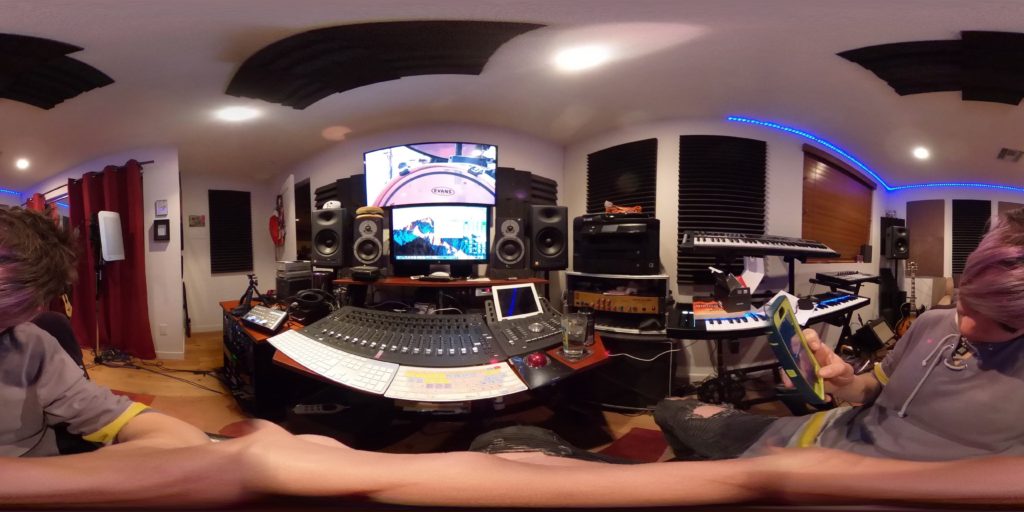
Shannon’s Studio

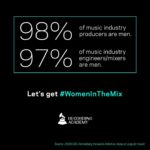 The Recording Academy Task Force on Inclusion and Diversity is announcing the first ever industry-wide Producer and Engineering Inclusion Initiative. Together with prominent producers, labels, artists, agencies, management companies, and other stakeholders we’re making strides to create industry-wide change.
The Recording Academy Task Force on Inclusion and Diversity is announcing the first ever industry-wide Producer and Engineering Inclusion Initiative. Together with prominent producers, labels, artists, agencies, management companies, and other stakeholders we’re making strides to create industry-wide change.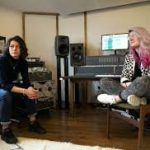 In November 2018, Marta Salogni and Lauren Deakin-Davies emerged victorious at the Pro Sound Awards, winning the Studio Engineer and Breakthrough Studio Engineer awards respectively. Now, in a PSNEurope first, Daniel Gumble sits in on a conversation between the two as they interview each other on their fascinating careers to date
In November 2018, Marta Salogni and Lauren Deakin-Davies emerged victorious at the Pro Sound Awards, winning the Studio Engineer and Breakthrough Studio Engineer awards respectively. Now, in a PSNEurope first, Daniel Gumble sits in on a conversation between the two as they interview each other on their fascinating careers to date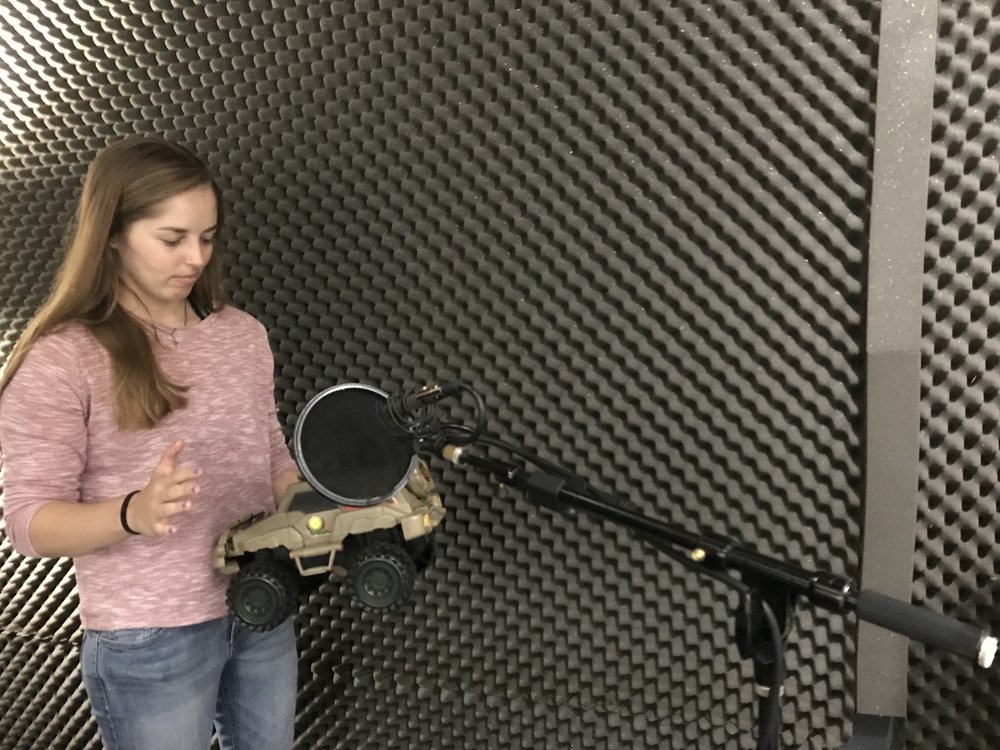





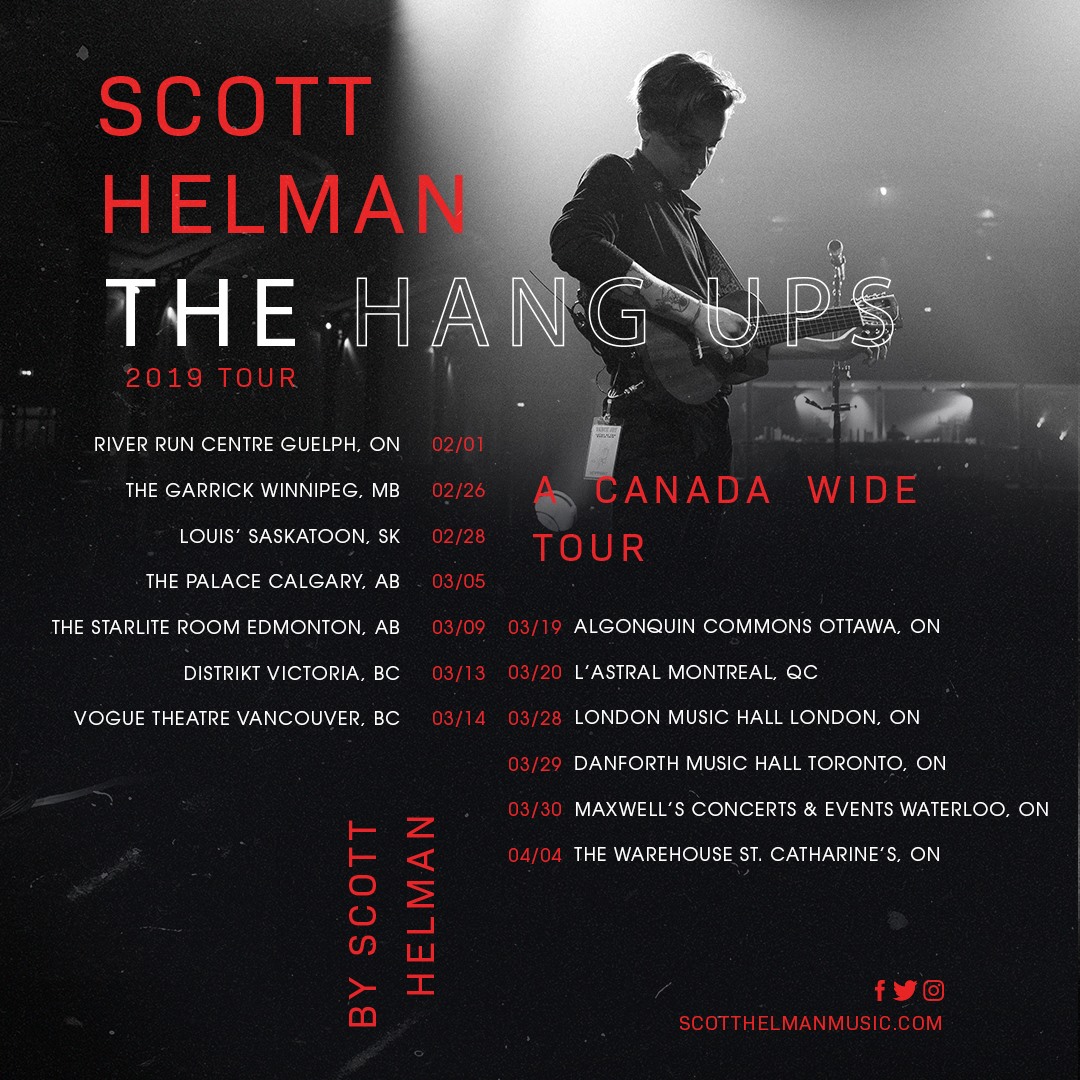







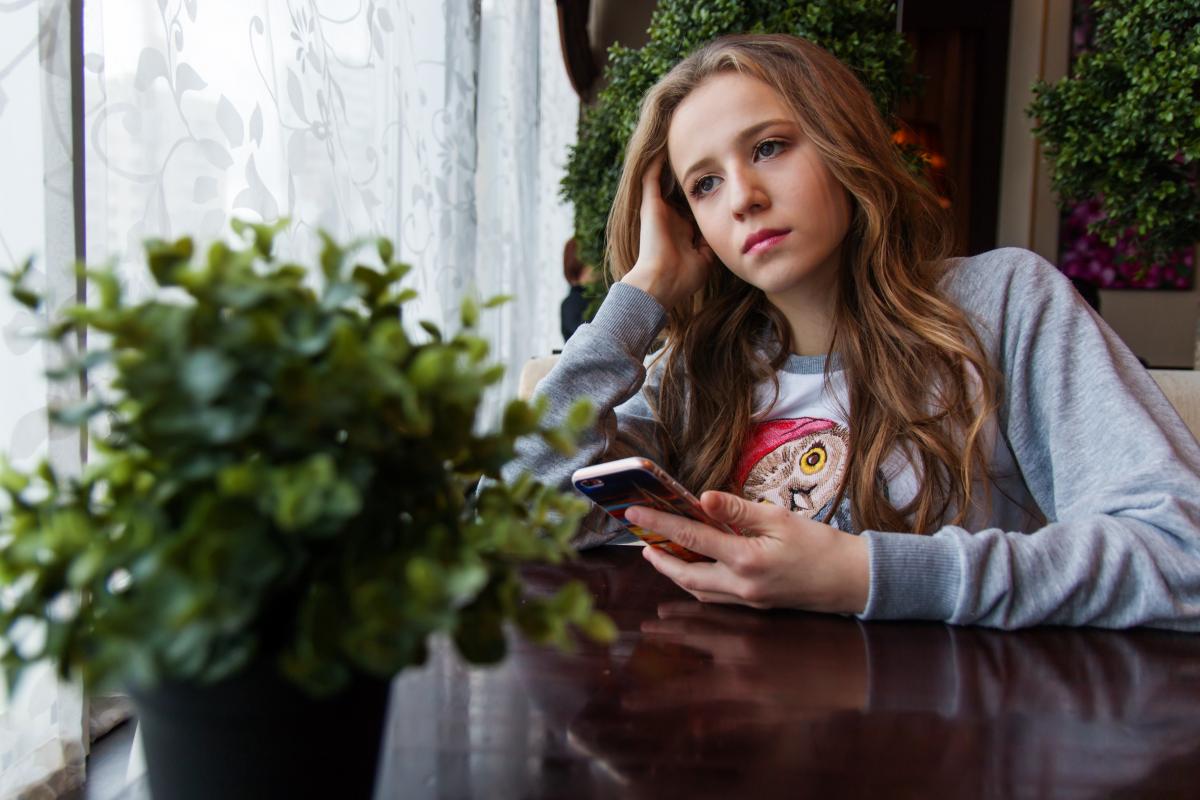


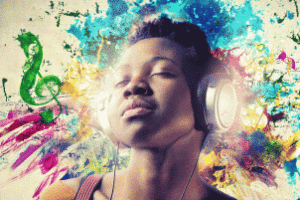
 Why I Show Up & Reach Out: A Broadway Sound Mixer’s Story
Why I Show Up & Reach Out: A Broadway Sound Mixer’s Story 10 Women Loudly Pushing the Boundaries of Electronic Music
10 Women Loudly Pushing the Boundaries of Electronic Music
